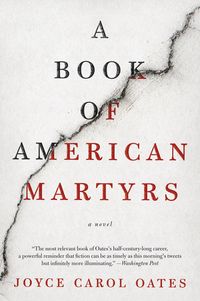I have not been reading tons of bestsellers in the past few years… and lately I was looking for some easy-going reading, suspenseful, if not totally realistic. This book delivered on that count, grabbing my attention from the get go and the ending did keep something of a surprise until at least the last 20 pages.
When we first meet Chris Brennan, he is looking for a teaching job in a small Pennsylvania town. We know right from the start that he is hiding something and I presumed from the hints that the author dropped that he was a Bad Guy. No, wait… a REALLY BAD GUY. I expected him to be a sociopath, using vulnerable teenagers to meet some unspeakable needs and that he intended to gain the confidence of some of the boys he was coaching on the basketball team to execute some very evil, very gory plot. However, what I did not get was why there was a great sense of hurry, why he had to get done quickly, why there was some kind of deadline to be met.
When I realized who he really was and what he was really up to, I realized how misled I had been right from the beginning and could start of concentrate on the real mystery, which Chris was also trying to resolve.
Things do wrap up quite neatly at the end, maybe a little too neatly, like a nice, positive fairy tale, but it was a good read for a nice, quiet long weekend at home.
Beyond the entertaining story that this book tells, it raises questions about the importance of trust, honesty and authenticity in creating viable relationships. Can relationships work where there is a lack of trust? Is there such a thing as lying (or omitting to tell the truth) in order to protect someone? Is it justifiable to lie or to use people unwittingly in order to gain information or further one’s goals for the greater good? What can lack of authenticity lead to in relationships? Or psychologically for the person whose occupation constantly requires them to pretend to be someone or something they are not? These are not questions that have an easy answer. The book raises them but does not necessarily provide answers as they are attached to the specific situations that the characters find themselves in. However, they may occur in our lives as well and we may be able to find parallels. These might be interesting questions to debate in a book club.
Thanks to the publisher for making this book available for review through NetGalley. The book was published on April 11, 2017.
Reference:
Scottoline, Lisa. One Perfect Lie. St. Martin’s Press, 2017.
Book club discussion questions provided by the author:
https://scottoline.com/book-clubs/book-club-one-perfect-lie/



You must be logged in to post a comment.